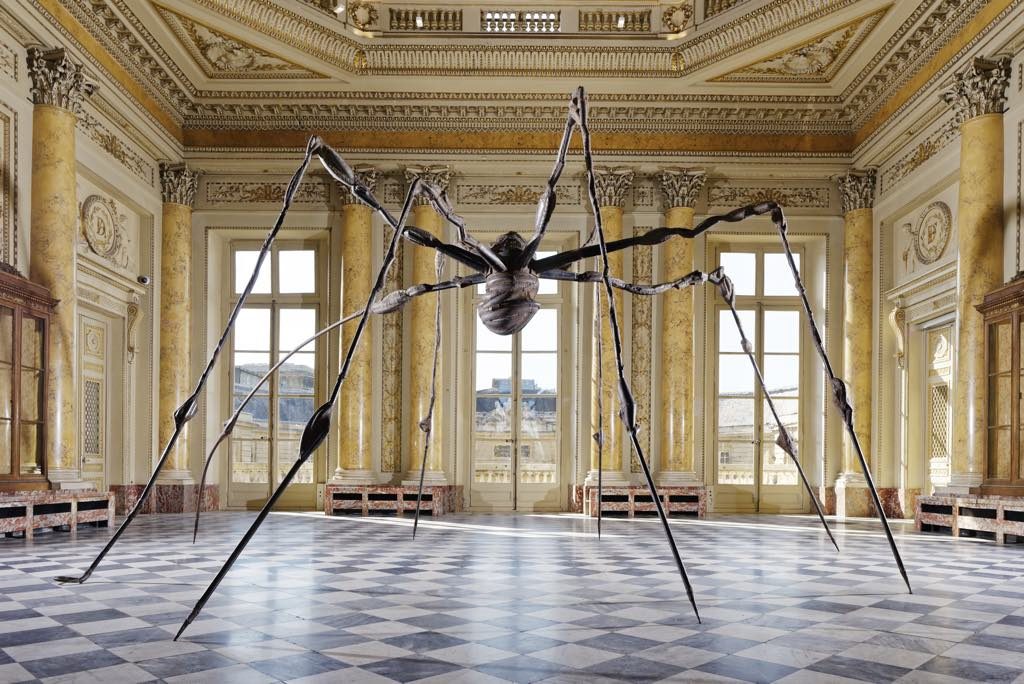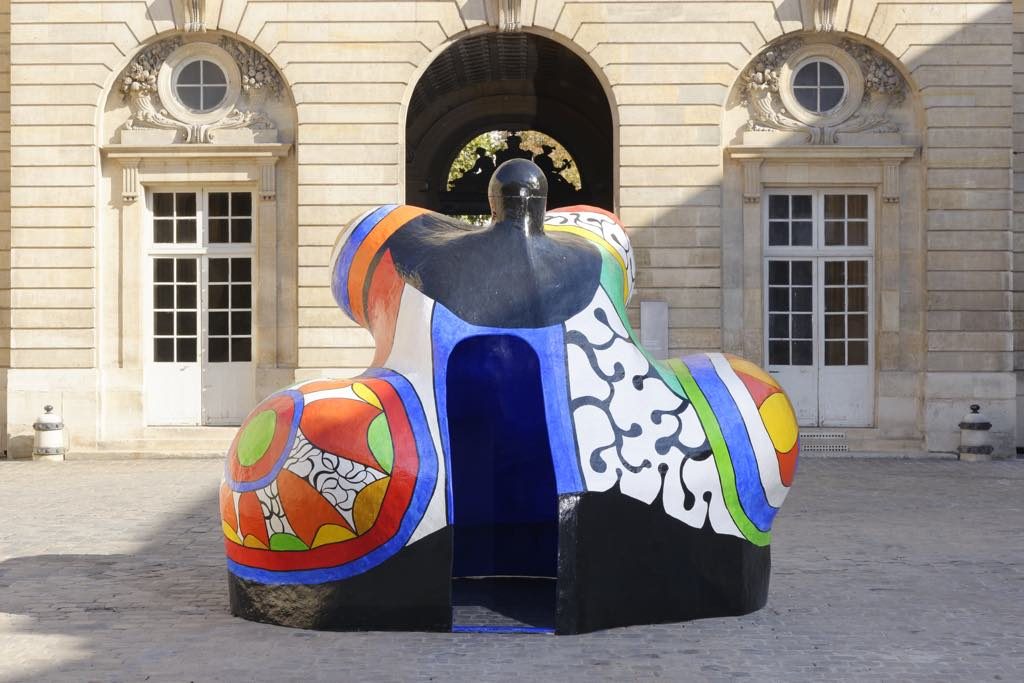Women artists have been roaring for a long time through such groups as the Guerrilla Girls in an attempt to get their work recognized, but somehow the message doesn’t seem to be getting through. Otherwise, why would we even need a show like “Women House,” currently on at La Monnaie de Paris?
The exhibition was inspired by the 1972 show “Womanhouse,” held by Judy Chicago and Miriam Shapiro in a soon-to-be-demolished Hollywood mansion, which they transformed, with the help of other female artists, into a hotbed of feminist art.
A film of the 1972 exhibition presented at La Monnaie explodes the myth that women, and particularly feminists, have no sense of humor. Visitors to the show stand around having a good laugh at the performances and exhibits in the film satirizing male-female relations, such as the dialogue between a grossly exaggerated penis and an oversized vagina.
The Paris show focuses on women’s relationships to the home, especially its prison-like hold on them, in a wide variety of media.

I especially enjoyed Birgit Jürgenssen’s witty, delicate color drawings of women doing housework, wringing out man-shaped rags, for example, or ironing a suit with the man still in it, laid flat out on the board (ironing is a popular theme in the show). Some of these “housewife” themes seemed a bit dated to me, but the visitors to the show when I was there were certainly responding to them, so maybe not.
In various works, women depict themselves as prisoners trying to break free, part of the furniture or even hunks of meat in a refrigerator. Penny Slinger’s “Exorcism House “ (1977) is a dollhouse inhabited by naked Barbie-type dolls, broken and bent into sexual positions, while a large silver sculpture of a penis draped with offerings stands proudly like a pagan idol in the living room.
Most of us have seen one or more of Louise Bourgeois’s giant spider sculptures, which she described as representing both the protective and terrifying aspects of the mother figure, but it is quite another experience to see one amid the splendor of the great reception room in La Monnaie, with its chandeliers and elaborate decoration (pictured at the top of this page).
Before you leave, take a stroll through the maze of courtyards to see monumental works by Niki de Saint Phalle (“Nana Maison II,” 1966-87, one of her brightly colored sculptures of a woman who is herself a house), Joanna Vasconcelos’s huge wrought-iron “Teapot” (2010) and Shen Yuan’s octopus-like “Hair Salon” (2000).
Let’s hope the day will soon arrive when exhibitions like this are no longer necessary, and women’s work can be shown as just “art,” not “women’s art” with a feminist message. In the meantime, do support your artist sisters and go see “Women House.”
Favorite



Wonderful story — wish I were there to see it. Thanks!
ss